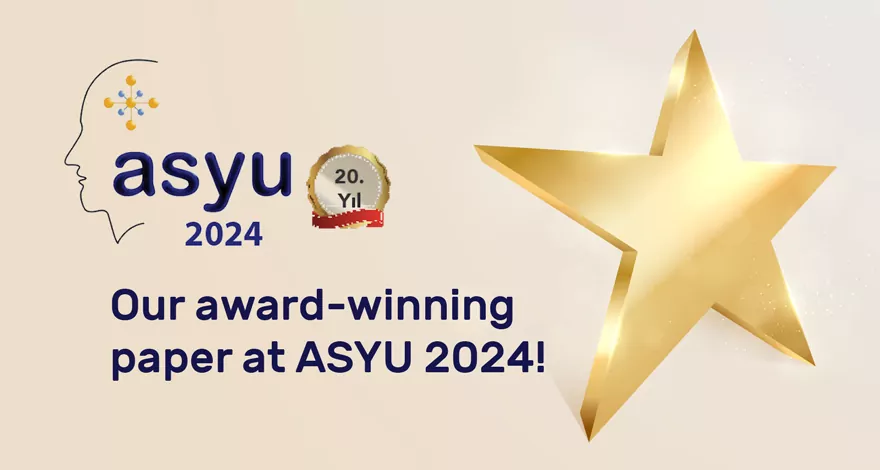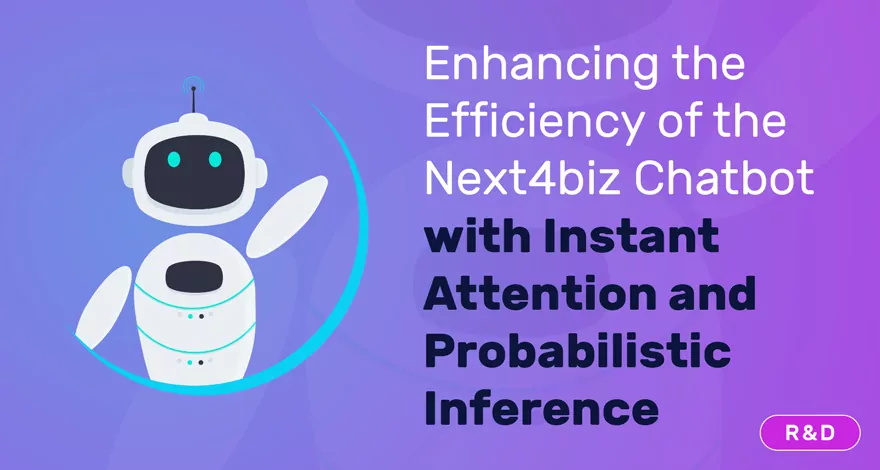Demo

How would you have felt hearing these words uttered by your spouse? Scary, isn’t it? And, how about your business partner? Still freaky….
Would you be able to keep your customers from uttering these words? These days, the relation between your brand and your customers is so very open to disloyalty, isn’t it?
Today, it is probably only in marriage that the term “loyalty” is lived up to its meaning. And it is easy to come across bitter examples of this in every setting into which gossip has penetrated. And what about us? How can we maintain happy and satisfied for long periods of time, (until death do us part??) the relationship in the business world between our customers and our brand?
Or is this merely “too optimistic” a dream?
These are “real tough questions” for the most of us. And their answers just as unknown…
Only by focusing on the conditions required for the sustainability of relations between partners in a real-life marriage, we are able to evaluate the relationship between our brand and our customers. I do agree that it’s not the same thing. However, just as it has its differences, we must confess that it also has similarities.
The relationship in a marriage is initiated either by love at first sight, or a rational process of evolution. Of course, in certain closed societies, it is still possible to encounter forced beginnings of the kind we call arranged marriage. The relation between the brand and customers is likewise conceived through one of these three beginnings. You either have your heart rate accelerating at first sight, have your body covered in mild sweat, and have yourself running into the arms of the product at all stakes; or you initiate your relationship after having reached a mature decision, -and usually one based on reason,- following a long period of waiting and search. This love, at its moment of trigger, can often be blinding. You will get caught along the draft, not really aware what you have purchased, or its weaknesses. Or else, you would be in for some long-time suffering caused by the bills for your wedding expenses…
Both experiences have you go through a phase of honeymoon or a phase of goo-goo eyes. In this stage, the partners barely have any interaction with the external world, aside from each other. Likewise, bursting with the energy of just having found each other, the brand and the customer also experience the peak of their relationship. This period of time is, at the same time, a phase of mutual discovery. The partners sample their toleration of each other through an extended holiday or travel…
In the days that follow, discoveries continue in different social circles and conditions, a phase of assignment of roles and distribution of tasks in the new legal entity. Contrary to the rise in the beginning, the distribution of tasks and the phase of confrontation leads to an eventual decrease in motivation. Alternatives to the brand are noticed, the capacity of the customer is discovered, questions are asked on costs and benefits…
Should both sides be able to survive this phase without too much damage, the relationship progresses to the next phase; crossing over to a more rational rise with acceptance.
However, should this stage lead to regret, then the relationship may find itself extinguished with reciprocal disappointment at its first curvature. Like toys tossed aside after awhile, a tablet abandoned to collect dust once you have discovered that it was not the one you were looking for, software to which you later discover a more useful alternative and quit using, -removing even its shortcut from the desktop,- products whose return policy you look up, memberships you seek ways to cancel…
Yes, these are all ways for the customer, -in attempts to wind back the time in regret- to get rid of the product. The customer, stating regret in sentences starting with “I actually…” shall either vanish in this helix of “attempts to get rid of” and shall accept the costs in silence; or he/she shall put an end to their newly-started marriage at the first denture with a sensational act making the evening news.
Should this phase of descend be overcome, then the relationship shall enter a third phase. And that shall be the phase of acceptance. This is the phase in which confrontations of all sorts are experienced between the couple.
This confrontation is, in a way, a pit in which the partners come to accept one another in spite of all the things they see lacking in each other. And, like in all pits, this pit is the starting point of a rise again. From this point onwards, should the couple succeed in being more open with and tolerant of each other, the relationship is apt to last forever and ever on a certain curve of ups and down. And the real horizon of matrimonial bliss is to become visible following this specific process. This fourth phase is the stage in which a sustainable relationship is managed mutually, and that, is the stage of the actual relationship. This is the phase in which loyalty abounds and is fulfilled to its fullest extent. It is in this phase that the phrase “In days both good and bad” finds its true meaning. Up until that point, what had been being experienced has been more of a storm of intense emotions.
The brand and the customer enter this phase hand in hand. By now, they have gotten to know each other. They know how to act and when. They are not embarrassed by each other, they have come to accept one another. They have begun to take joy in producing together. Mutual trust has begun to mature. In this stage, in the international fairs that the customer attends to check out the happenings in the market, he/she experiences a cultural exposure of sorts with the objective of enhancing their standard of living with the brand, -as opposed to cheating on it.
In fact, at times, the brand sends its customer, – its lover- to these fairs and does it so with ease of mind… The glitter of the fair may strike the attention of the customer. Yet, he/she knows that this is just make up. And, thus, the brand further strengthens the feeling of trust….
So, what is the secret laying beneath all this?
Naturally, it may be that this question has more than one answer. Yet, it does have one very important answer: The open communication between the brand and the customer and the mutual adding of value.
The success of the relationship in achieving a sustainable status runs paralel to the level of awareness of the customer of his/her own self and needs, and the accuracy and openness of the communication of the brand in response to understanding and meeting these needs.
The circumstances of today render it only a waste of time to hide, ignore, notice, assume, keep in silence, to paint, or hide… No relationship without sufficient and accurate communication is able to go beyond tolerance. Furthermore, there is one more fact that needs to be kept in mind: No system can be perfect. It is only when the systems dedicate themselves to perfection that they are to find within themselves the power to attain the better.
Here are two important components of sustainable customer satisfaction:
- Dedication to continuous development and added-value
- The continuous and mutual communication of this using the right tools
The first one is directly related to vision of your brand (and of yourself). The second one is actually a bit of a technical problem. The extent and means of your communication with your customer, and the tools and means with which you handle this has a direct impact on the depth and duration of this relationship.
The greater the openness and stability of your institution in its relationship between the customer and the brand, and the greater the focus of the partners in creating mutual value added, the greater increase in the sustainability of the relationship.
No matter how well you may intend with your vision, or the number of horizons it may pave, if you lack the sufficient and effective tools, reciprocal disappointment will lead your relation to vanish even before naisance or to adultery before having reached its age of maturity.
So, what are these tools?
Bearing in mind that in today’s world, each and every consumer remains in interaction around the clock and across all fields, the one to listen to his customer 24/7 and in all fields (be it conventional or digitial) will be the one to make it to the finish line.
Have you dedicated yourself to creating value for your customers -to prevent their disloyalty by giving them attention around the clock, from all channels?
Gürkan Platin







